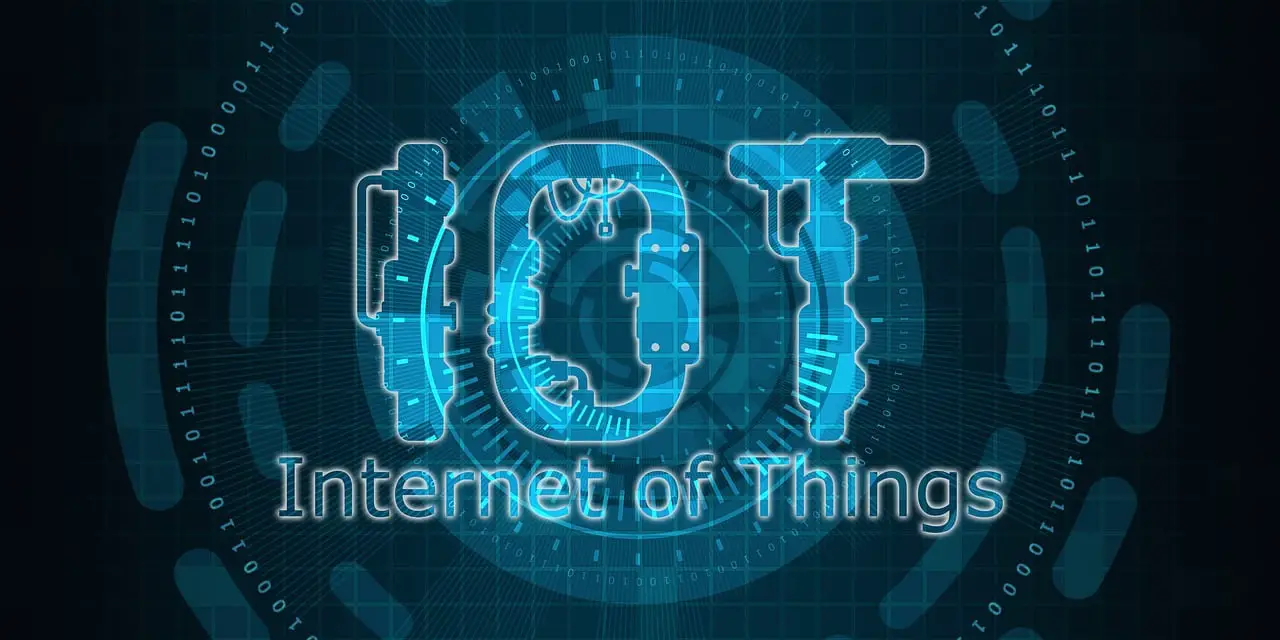
A sophisticated malware strain dubbed “IOCONTROL” has emerged as a significant threat to industrial control systems (ICS) and Internet of Things (IoT) devices, particularly in Israel and the United States. This malicious tool, wielded by the Iranian state-sponsored group CyberAv3ngers, has targeted critical infrastructure, raising concerns about potential disruptions and data breaches.
Targeting a Wide Range of Devices:
IOCONTROL has been observed targeting a diverse array of devices, including cameras, routers, programmable logic controllers (PLCs), human-machine interfaces (HMIs), and firewalls from prominent manufacturers like Baicells, D-Link, Hikvision, Orpak, and Teltonika. Cybersecurity experts at Claroty have confirmed IOCONTROL’s use in attacks against critical infrastructure, classifying it as a state-level cyberweapon.
Fuel Systems and Beyond:
Analysis of IOCONTROL samples extracted from fuel management systems by Orpak and Gasboy (commonly used at gas stations) reveals the malware’s capacity to not only disrupt operations but also potentially exfiltrate sensitive data, including bank card numbers. This discovery underscores the potential for financial and operational damage resulting from IOCONTROL infections.
Stealth and Communication Tactics:
IOCONTROL employs advanced techniques to evade detection and maintain persistent communication with its command and control (C2) servers. It leverages the MQTT protocol for encrypted communication and utilizes DNS-over-HTTPS (DoH) for enhanced stealth, making it difficult to trace its activities. The CyberAv3ngers group has openly publicized their attacks on Telegram, sharing screenshots and stolen databases, further amplifying the impact of their campaigns.
Recent Attacks and Retaliation:
Recent attacks attributed to CyberAv3ngers include targeting water treatment facilities in both Israel and the United States by exploiting vulnerabilities in Unitronics devices. This highlights the group’s focus on critical infrastructure and their willingness to target essential services.
The escalating cyber conflict has seen retaliatory actions. Following U.S. Treasury sanctions imposed on six IRGC-CEC representatives linked to CyberAv3ngers in February 2024 (accompanied by a $10 million reward for information on the group), the Israeli group Gonjeshke Darande retaliated by targeting Iranian gas stations, temporarily disrupting their operations.
Detection and Analysis:
Team82 researchers initially identified IOCONTROL in September 2024, noting its minimal detectability, which allowed the group to operate largely undetected. However, by December, detections had risen to 21, indicating growing awareness and improved detection capabilities.
Despite its obfuscated nature, researchers successfully decrypted the malware’s configuration, exposing the command server infrastructure. This breakthrough provides valuable insights into the attackers’ tactics, techniques, and procedures (TTPs).
Modular Architecture and Functionality:
IOCONTROL’s modular architecture allows it to target a broad range of Linux-based platforms. It incorporates an auto-launch mechanism and encrypted configurations to ensure persistence and maintain secrecy. Device data is transmitted to C2 servers through encrypted channels, and unique identifiers are used to track individual campaigns.
A Global Threat:
The emergence and deployment of IOCONTROL underscore the growing threat to IoT and OT systems worldwide. This sophisticated malware highlights the urgent need for enhanced cybersecurity measures to protect critical infrastructure from state-sponsored cyberattacks. Organizations must prioritize robust security protocols, proactive threat hunting, and prompt patching of vulnerabilities to mitigate the risk posed by IOCONTROL and similar threats.
Related Posts:
- Iran-Linked CyberAv3ngers Hacker Disrupt Water Operations in Western Pennsylvania
- Kaspersky Report: Energy Industry becomes the largest area affected by vulnerabilities in industrial automation systems
- Positive Technologies: “73 percent of industrial organizations’ networks are vulnerable to hackers”
- Hacker can use Smartphone Apps to control industrial processes